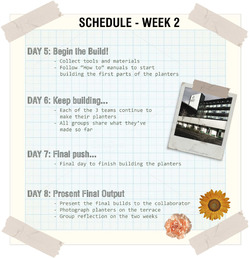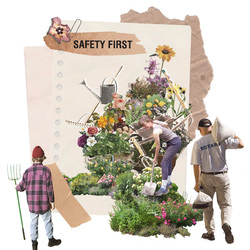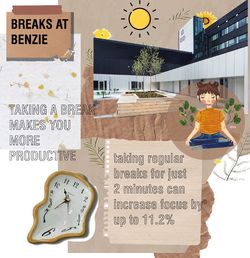MEET THE TEAM
We are a team of 5 MArch students from the Manchester School of Architecture who are passionate about making the Benzie 4th floor roof terrace a better place.
Our
We are a team of 5 MArch students from the Manchester School of Architecture who are passionate about making the Benzie 4th floor roof terrace a better place.
Our
Posted 7 Mar 2020 17:14































